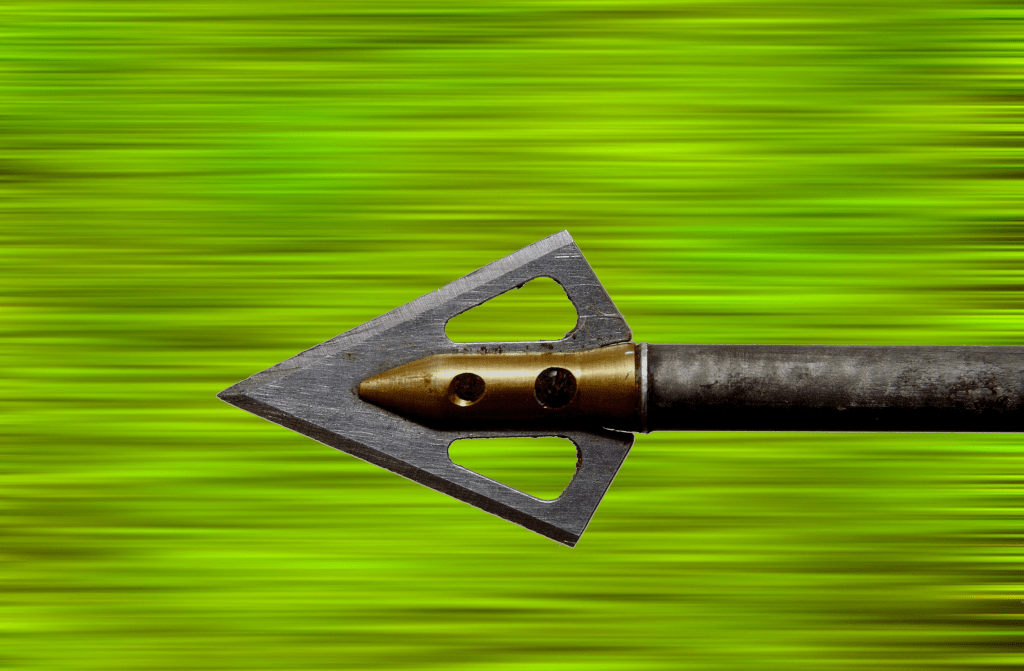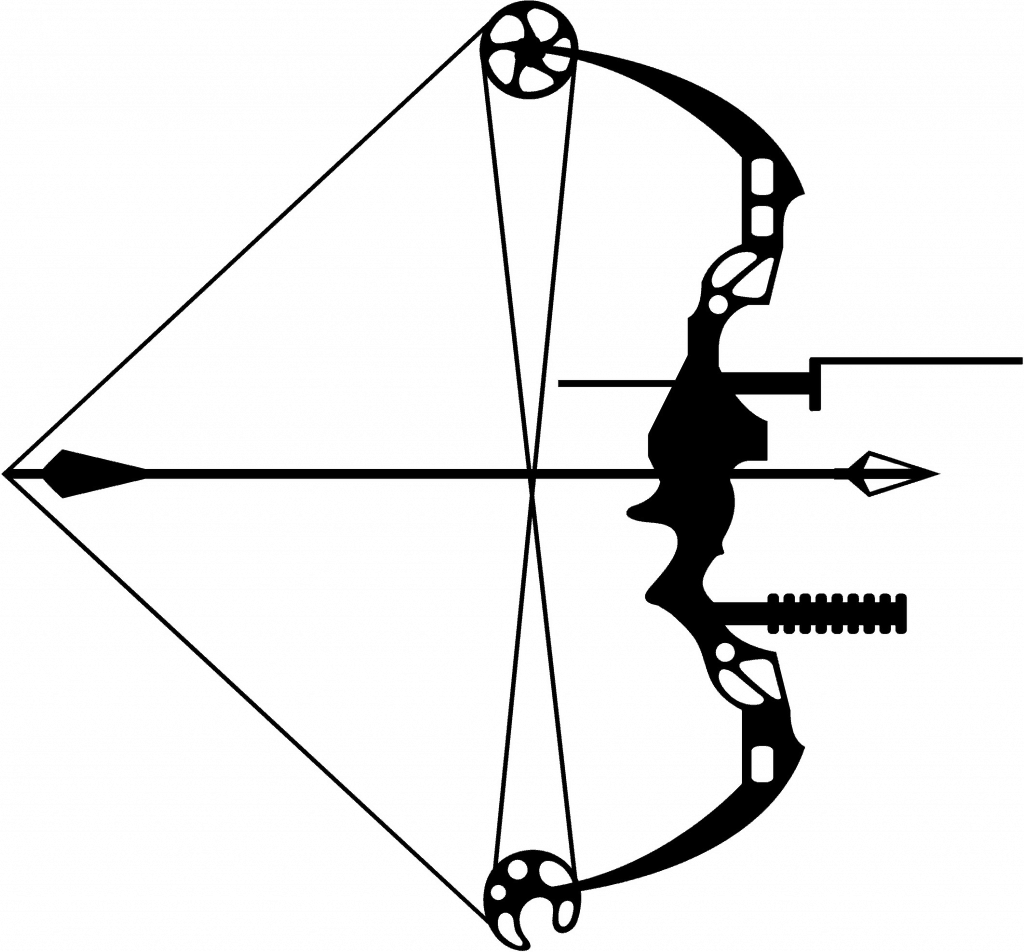If you’re just getting into archery, you may feel overwhelmed by the choices in bows you have. Should you go with a longbow, a recurve, or a compound? One of the biggest factors to consider will be difficulty in pulling the string because if you can’t pull the string back, you can’t very well shoot anything.
Compound bows are initially just as difficult to pull back as other bows; however, you’ll only have to pull against the full weight of the bow for a few moments, making it easier to hold for longer periods of time. This will depend on the set weight of the bow you’re shooting.
But it isn’t as simple as it may sound. A compound bow is much more complicated than other, more traditional kinds of bows.
If you’re trying to impress your friends at the archery range by picking a compound bow with a lot of poundage, odds are you’ll quickly find yourself with an injury and, at the very least, a poor accuracy rate.
To make sure you don’t become the laughing stock of the range, read on to understand what makes the pull on a compound bow different.
Pulling Back the String of a Compound Bow

Earlier, I mentioned poundage. This is because the draw weight or amount of force it takes to pull back the string on a bow is usually measured in pounds.
However, don’t be fooled by this. The pounds on a bow are not necessarily equal to those 25-pound dumbells you lift in the gym. You’ll need to test one in person to be sure that you’re choosing the correct weight for you.
The compound bow is a modernized take on Robin Hood’s weapon of choice, utilizing a pulley system that aids the archer in pulling back the string of the bow.
This pulley system usually involves one or more oval-shaped cams, around which the string travels and creates more tension that will translate itself into the energy necessary to propel the arrow forward.
This oval shape is also what allows the let-off at the end of the pull, making it easier for the archer to stand and focus while he adjusts his aim to hit his target.
The compound bow’s modernized system also makes it easy to know when you’ve pulled the string back to its full extent. The pulleys will stop the string at a certain length, which will become very obvious to the archer when he has hit it.
How Does the Draw Weight of a Compound Bow Compare to Others?
We’ve talked about the pulley system on a compound bow. But does that really make it easier for the archer to pull its string compared to other kind of bows?
Again, it depends. While the pull may not necessarily be easier initially, the let-off provided by the compound bow’s cams make extended use of the bow easier.
For example, you may buy a 50-pound recurve bow and a 50-pound compound bow. It will cost you the same amount of immediate effort to pull the string, but the climax of effort happens at different times.
With the recurve or longbow, the climax of effort is at maximum pull, when the archer is preparing to release the arrow toward its target.
But with a compound bow, the climax of effort happens in the middle of the pull, and by the time the archer has pulled the string back fully, he may be experiencing far less draw weight. If he has a 75% let-off, he is now only holding 12.5 pounds.
Is a Compound Bow the Best Bow for Beginners?
Like the other bow questions we’ve asked, the answer to whether a compound bow is the best bow for beginners depends greatly. Archery fanatics have given various answers, but there are essentially two camps of thought.
Because they depend on the archer alone to create tension on the string, recurve bows and longbows require a greater amount of strength to hold at their maximum draw length.
So, if you’re looking for an activity to tone the muscles in your arms and upper back and don’t care much about the accuracy of your shots, starting with a recurve or longbow is your best bet.
If you’re going to be judged by yourself or others for accuracy, a compound bow is likely the best choice. Your accuracy is almost guaranteed to be greater because of the alleviated strain that would otherwise distract you from being able to send your arrow into the bullseye.
The compound bow is also a better choice for the beginner that is looking for a lot of power behind their shots.
Traditional bows like the longbow and recurve bow often lose a lot of energy between the release of the string and the launching of the arrow. A compound bow’s energy distribution tends to be much more efficient, reaching as high as 87 to 89 percent in high-end bows.
This means that beginning archers will be able to worry less about creating enough power for the arrow to make its destination and more about their aim.
How to Choose the Best Weight for Your Compound Bow

Choosing the right weight for your compound bow can be tricky. As mentioned, the poundage doesn’t quite translate to normal weights, and the muscles used to pull back the string are often far more underdeveloped than the ones used in other weight-lifting activities.
Fortunately, there are some helpful tips to help decide when you may be pulling back too much weight, and a lot of them have to do with form.
There’s a lot that goes into proper form for an archer, but one of the most important is the placement of the arms.
Many seasoned archers advise that your arms should be at equal height with your nose as you pull back the string.
If you find yourself unable to hold the bow straight and keep your arms at this height, you are likely pulling more weight than you will be able to sustain. Pulling down toward your feet and aiming higher is a sign that the draw weight is too heavy.
One obvious sign of an unbalance between archer strength and draw weight is shaking of the arms. Even if an archer can pull back the string while maintaining proper form, if he begins to shake as he attempts to maintain full draw length, it is likely too many pounds for him.
Aside from form, weights can be judged by accuracy as well. Closely spaced clusters of arrows on the target usually mean that the archer is comfortable with the weight of their bow and can focus longer on aim.
Sporadic, unclustered shots can be a sign that the archer needs to go down about 10 pounds.
Shootingtime.com also provides a good reference for average draw weights depending on age:
- Smaller children (45-65 lbs) = 10-20lbs
- Children (65-95 lbs) = 20-35lbs
- Women and boys (95-125 lbs) = 35-45 lbs
- Larger women and boys (125-145 lbs) = 45-55 lbs
- Men (145-175 lbs) = 55-65 lbs
- Muscular men = 60-70 lbs
- Muscular barbarians = 70-100 lbs
Remember that these are just averages, however, and that you should test the bow’s weight to be sure that it is right for you before buying it.
